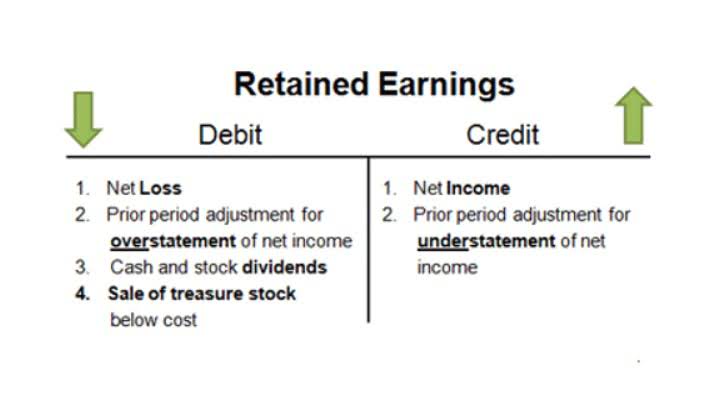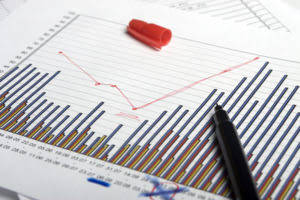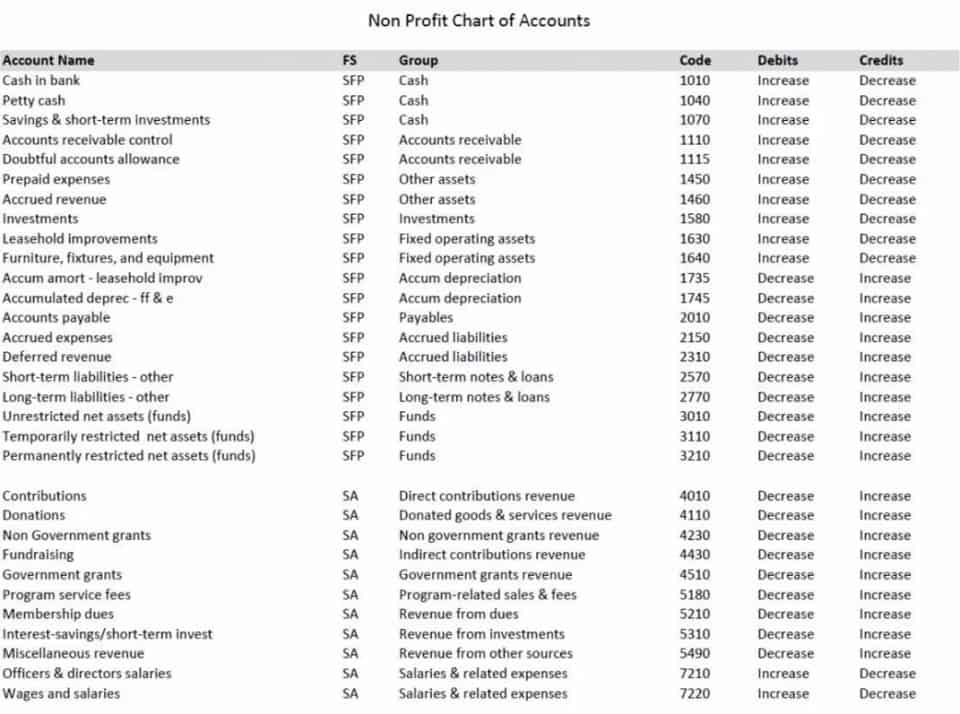
Breaking down your costs into materials, labor, overhead, and other expenses reveals insights into where your money is going. Yes, period costs are typically considered fixed costs because they do not vary directly with production levels. Calculating period costs helps you understand how much your business is spending on non-production activities, making it easier to control overhead and improve budgeting. The management accountant must carefully evaluate the time expenditure to see if it will be included in the income statement. Indirect costs, which unearned revenue cannot be easily traced to a specific product or service, need to be allocated using predetermined allocation bases. These bases may include factors such as labor hours, machine hours, square footage, or production volume.
D. Sum Up Total Manufacturing Cost
TranZact offers a valuable resource for Indian Manufacturing SMEs needing help with period costs. By using TranZact’s inventory and period costs calculator tools, businesses can manage the challenges of financial management. TranZact helps businesses focus on understanding fixed costs using reliable inventory valuation methods. In addition, knowing and managing capacity costs provides a key advantage for companies looking to improve their financial decision-making processes. There is no standard formula for calculating period costs as these expenses vary extensively depending on business operations and accounting policies. Expenses deemed period costs are determined by management accountants and added directly to the income statement.
Additional Resources
Variable cost or unit-level cost is a method of cost accounting which accounts the costs of production directly vary with the output. Fixed manufacturing costs are not considered for variable costing accounting. However, if the company fails to sell all the inventory manufactured in that year, there would be poor matching between revenues and expenses on the income statement.
Practical Applications of Period and Product Costs
If you do not manage your overhead costs properly during your growth journey, you may encounter cost hiccups, unpleasant regulatory surprises, and business disruptions. Inventoriable costs are costs that help businesses know how much the expenses incurred should be added to the cost of product to ensure they do not face losses. Such costs have their own sets of advantages, which the firms must know of. Understanding the differences between historical (past), current (present), and pre-determined (future) expenses is important for successful financial planning.
- When considering the total manufacturing cost, it’s important to factor in how machinery shipping services impact overall expenses.
- They are the indirect cost that incurs to support the manufacturing, but it is very challenging to apply the cost to each production unit.
- These costs remain relatively constant each month, regardless of production volume.
- Product cost vs period cost is treated differently in financial reporting.
- Let us understand the formula that shall act as the basis of our understanding of the intricate details of the cost of sales equation through the discussion below.
COGS directly impacts a company’s profits as COGS is subtracted from revenue. If a company can reduce its COGS through better deals with suppliers or through more efficiency in the production process, it can be more profitable. Both operating expenses and cost of goods sold (COGS) are expenditures that companies incur with running their business; however, the expenses are segregated on the income statement. Unlike COGS, operating expenses (OPEX) are expenditures that Remote Bookkeeping are not directly tied to the production of goods or services. COGS is an important metric on financial statements as it is subtracted from a company’s revenues to determine its gross profit.
Period costs may include both fixed and variable elements, such as rent (fixed) and sales commissions (variable). Drastic cuts to operating costs can hurt profits over time by decreasing productivity and sales. If a company lays off three out of four customer service employees, payroll expenses will drop, leading to immediate savings while increasing short-term profits. This may lead to unhappy customers, who may take their business elsewhere, resulting in a decrease in revenue and lower profits in the long run. Whether it’s a one-off product or a SaaS subscription, understanding product cost is crucial for any business to succeed.


This also streamlines your Inventory, Purchase, Sales & Quotation management processes in a hassle-free user-friendly manner. Costs needed for setting up and keeping production or sales going are known as capacity costs or supportive overheads. Businesses must balance keeping their operating costs low while allowing it to grow and increase sales.
- Here in our example, we assume a gross margin of 80.0%, which we’ll multiply by the revenue amount of $100 million to get $80 million as our gross profit.
- Examples of period costs include salaries, rent, utilities, and advertising expenses.
- Selecting the right method depends on which factor, labor or machines, drives most of your costs.
- Visit app.sourcetable.com/signup to start your free trial and experience the ease of managing calculations with Sourcetable.
If the inventory value included in COGS is relatively high, then this will place downward pressure on the company’s gross profit. For this reason, companies sometimes choose accounting methods that will produce a lower COGS figure, in an attempt to boost their reported profitability. Proper calculation of period costs is crucial for accurate financial reporting. Period costs are subtracted from gross profit to calculate the net income for the period. Misclassification or inaccurate calculation can lead to misstated net income, affecting business decisions and financial health evaluation. Period costs are expenses that are not directly tied to production but rather to the time period in which they are incurred.

CGAA will not be liable for any losses and/or damages incurred with the use of the information provided. This involves periodically period costs assessing the carrying value of assets for impairment and adjusting depreciation estimates as needed to reflect changes in asset values or useful lives. The choice of depreciation method depends on factors such as asset usage patterns, expected future cash flows, and accounting policies. CFI is the global institution behind the financial modeling and valuation analyst FMVA® Designation.

